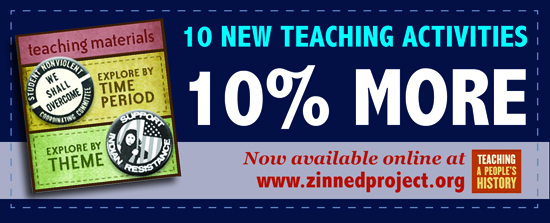 We have just posted 10 new teaching resources at our website! These include a dramatic role play about the little-known Japanese Latin American internment during World War II; an article on working with Lewis Hine’s photos of child labor; activities on the first-ever Indigenous People’s Summit on Climate Change; and a role play that puts students in the position of being members of the American Anti-Slavery Society, who must choose the most effective ways to fight slavery.
We have just posted 10 new teaching resources at our website! These include a dramatic role play about the little-known Japanese Latin American internment during World War II; an article on working with Lewis Hine’s photos of child labor; activities on the first-ever Indigenous People’s Summit on Climate Change; and a role play that puts students in the position of being members of the American Anti-Slavery Society, who must choose the most effective ways to fight slavery.
 |
Five Years After the Levees Broke: Bearing Witness Through Poetry By Renée Watson. 7 pages. A teacher’s reflection on the power of poetry to spark critical discussion and reflection on current issues of inequality surrounding disaster response in the United States. |
 |
Learning About the Unfairgrounds: A 4th-Grade Teacher Introduces Her Students to Executive Order 9066 By Katie Baydo-Reed. 10 pages. Students hold a “tea party” and a mock trial to connect with a challenging novel. |
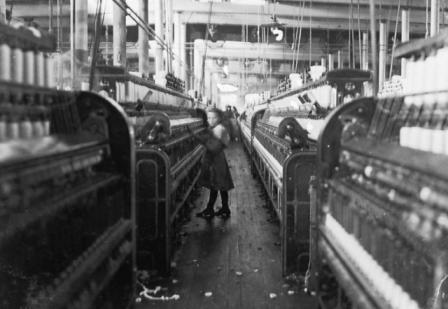 |
Lewis Hine’s Photographs By Bill Bigelow and Bob Peterson. 4 pages. Using photographs to spark creative writing and critical thinking about child labor issues and social justice. |
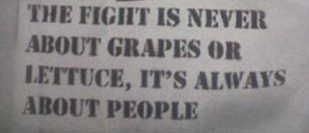 |
Stenciling Dissent: A Student Project Draws on the Language of the Streets By Andrew Reed. 5 pages. Teaching activity connects students to history of art as a means of protest and gives them opportunity and skills to create their own stencil with a powerful message. |
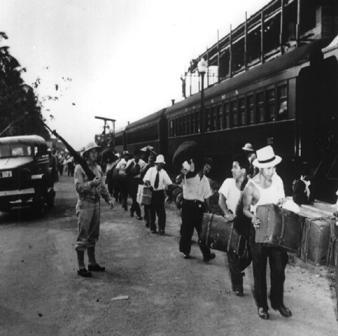 |
The Other Internment: Teaching the Hidden Story of Japanese Latin Americans During WWII By Moé Yonamine. 18 pages. Poetry, photography, and text are used in this role play to teach about the often untold history of Japanese Latin American internment during WWII. |
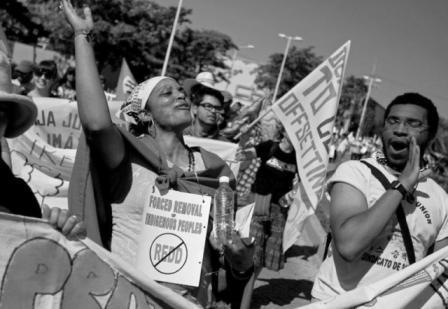 |
‘Don’t Take Our Voices Away’: A Role Play on the Indigenous Peoples’ Global Summit on Climate Change By Julie Treick O’Neill and Tim Swinehart. 16 pages. A role play on the Indigenous Peoples’ Global Summit on Climate Change that asks students to develop a list of demands to present to the rest of the world at the U.N. climate change treaty meeting. |
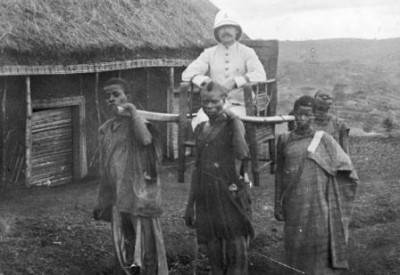 |
The Coming of Pink Cheeks By Chief Kabongo as told to Richard St. Barbe Baker. 7 pages. Story of what happened to the Kikuyu people of Kenya when Europeans took control of their land. |
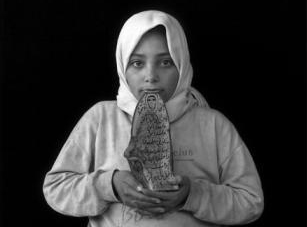 |
Remembering Mahmoud Darwish By Naomi Shihab Nye and Linda Christensen. 4 pages. A teaching idea utilizing famous Palestinian poet Mahmoud Darwish’s work to inspire students. |
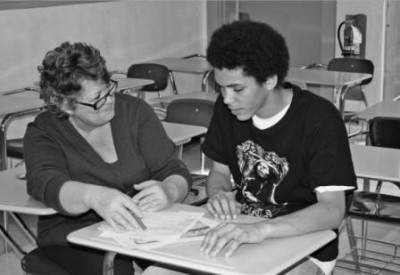 |
Unleashing Sorrow and Joy: Writing Poetry from History and Literature By Linda Christensen. 10 pages. Teacher reflection on different ways to effectively incorporate poetry into history or literature classes. |
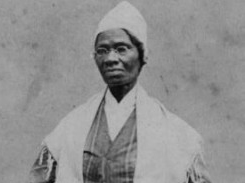 |
‘If There Is No Struggle…’: Teaching a People’s History of the Abolition Movement By Bill Bigelow. 16 pages. A role play putting students in the position of abolitionist groups working together to end slavery. |

Twitter
Google plus
LinkedIn